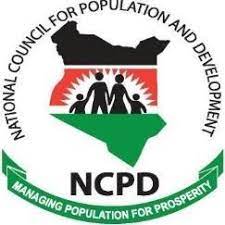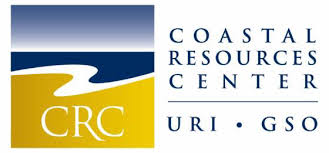Documental PHE

Este video, producido a través del Consejo Nacional para la Población y el Desarrollo de Kenia, documenta la programación de PHE en el país, específicamente el trabajo que se lleva a cabo en los condados de Homabay, Nakuru y Kilfi. […]
¿Cómo pueden los proyectos de población, salud y medio ambiente aprender de las prácticas de planificación familiar de alto impacto?

Este seminario web, organizado por el proyecto PACE (Políticas, Promoción y Comunicación Mejoradas para la Población y la Salud Reproductiva) y la Secretaría de la Iniciativa de Implementación de Mejores Prácticas, explora cómo se pueden aplicar las PAI en programas de desarrollo que integren múltiples sectores a nivel comunitario, incluida la familia. planificación.
Informe de investigación: Evaluación de los beneficios de integrar actividades de planificación familiar y gestión ambiental: lecciones aprendidas de Filipinas

Este informe resume un estudio realizado en Filipinas por Pollnac y Dacanay en 2011, que evaluó los beneficios del proyecto de Gestión Integrada de Población y Recursos Costeros (IPOPCORM), un proyecto integrado de población y medio ambiente (PE) implementado por PATH Foundation Filipinas Inc.( PFPI) en la región de Visayan en Filipinas.
Prestación de servicios de planificación familiar a comunidades remotas en áreas de alta biodiversidad a través de un programa de población, salud y medio ambiente en Madagascar

Este artículo muestra cómo Blue Ventures ha utilizado el diseño del programa PHE para brindar servicios de planificación familiar en una región costera remota y biodiversa en el suroeste de Madagascar.
Distribución basada en la comunidad y sistema de educación entre pares de población, salud y medio ambiente (PHE): Guía de capacitación de capacitadores para capacitar a distribuidores comunitarios de PHE y educadores de pares adultos de PHE que trabajan en actividades integradas de PHE

Este manual fue desarrollado para capacitar a personas para integrar la planificación familiar y la salud comunitaria en proyectos de EPS a través de la distribución comunitaria y la educación entre pares.
Educación entre jóvenes sobre población, salud y medio ambiente (PHE): una guía para capacitar a jóvenes educadores entre pares que trabajan en actividades integradas de PHE

Esta guía fue adaptada de Sexualidad juvenil, salud reproductiva y educación ambiental: Manual de capacitación para educadores pares jóvenes desarrollado por PATH Foundation Filipinas Inc.
Sistema comunitario de distribución y educación entre pares de población, salud y medio ambiente (PHE): una guía para capacitar a los distribuidores comunitarios de PHE

Esta guía de capacitación fue desarrollada para capacitar a Distribuidores Comunitarios (CBD) de población, salud y medio ambiente (PHE) que trabajan en actividades integradas de PHE.
Sistema comunitario de distribución y educación entre pares de población, salud y medio ambiente (PHE): una guía para capacitar a educadores de pares adultos en PHE

Esta guía de capacitación fue desarrollada para capacitar a educadores pares (PE) adultos de PHE que trabajan en actividades integradas de PHE.
Vinculación de población, salud y medio ambiente en la provincia de Fianarantsoa, Madagascar

Este informe explora la evolución de enfoques y proyectos intersectoriales que vinculan los esfuerzos de planificación familiar, salud y medio ambiente en la provincia de Fianarantsoa, Madagascar.
La Gestión Integrada de los Recursos Costeros y la Salud Humana Produce Valor Agregado: Un Estudio Comparativo en Palawan (Filipinas)

Este artículo de revista revisado por pares sobre el valor agregado de los enfoques de PHE describe un diseño cuasiexperimental utilizado por el proyecto IPOPCORM en Filipinas para probar la hipótesis de que habrá una mejora significativa tanto en la gestión de recursos costeros (CRM) como en la salud reproductiva humana. (SR) al brindar estos servicios de manera integrada en lugar de brindarlos de forma aislada.



